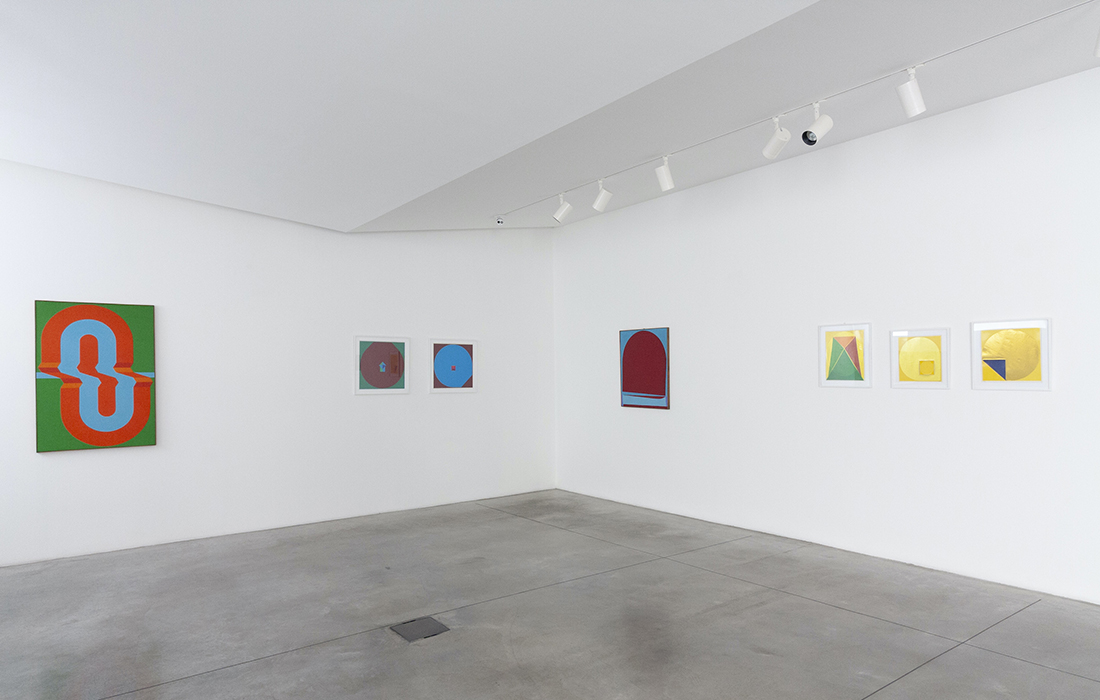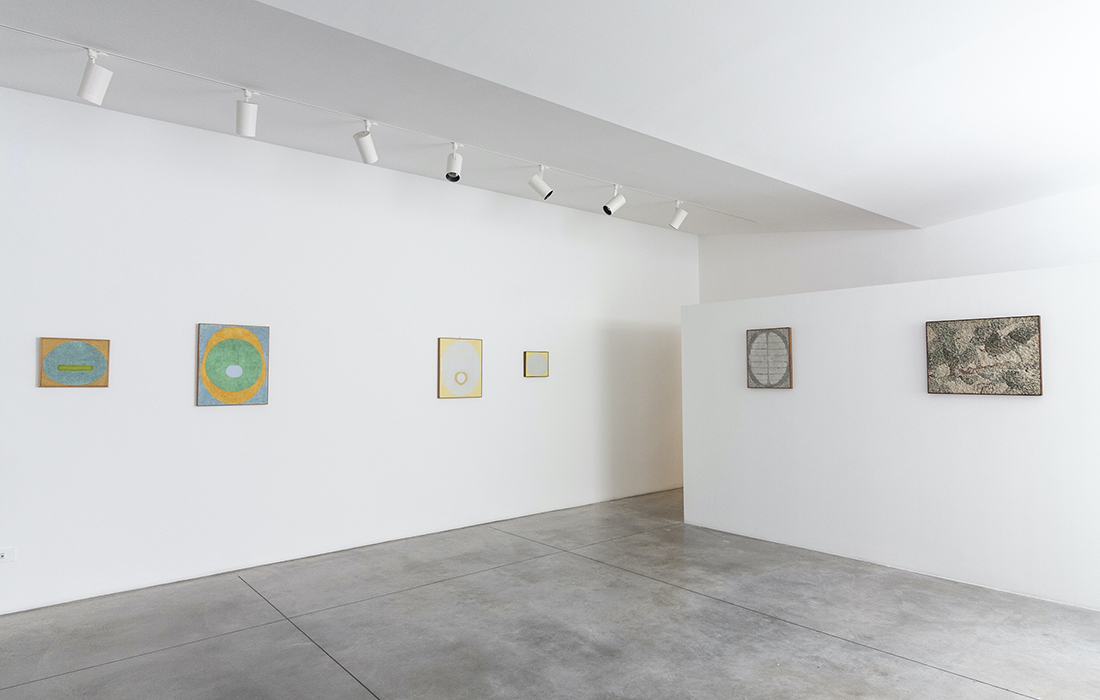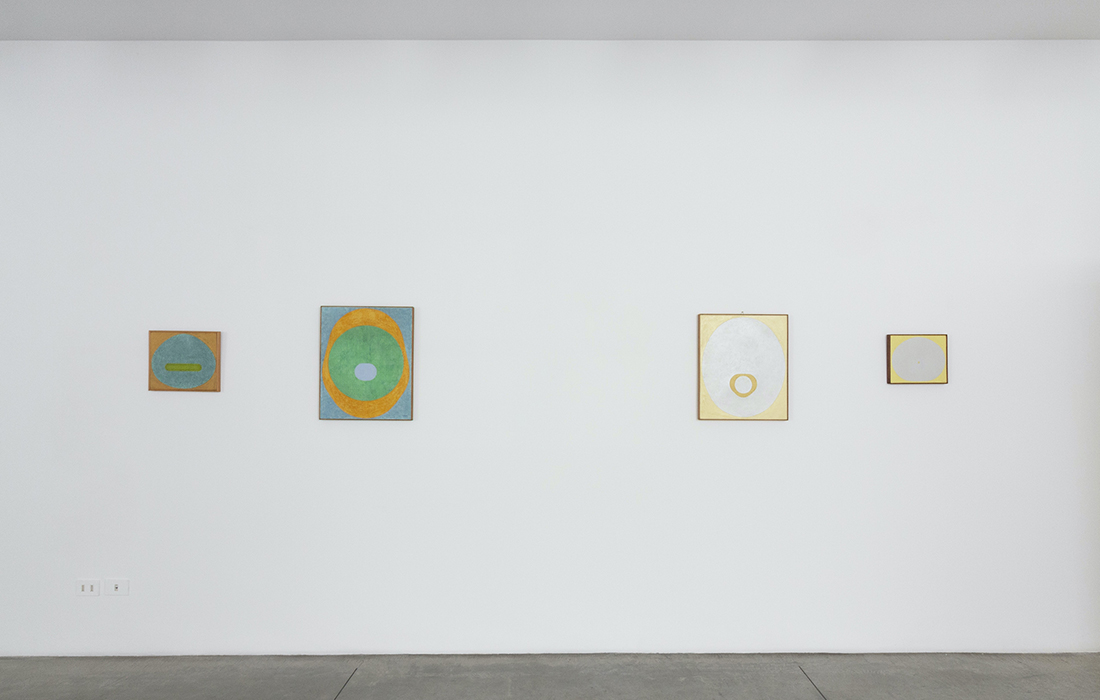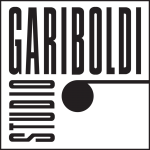October – December 2020
Studio Gariboldi is pleased to present a solo show dedicated to the Japanese artist Nobuya Abe (1913-1971), displaying a selection of works created in the 1960s and 1970s. This cycle of works, created during his time in Italy, is characterized by a research that concentrates on the value of the perception and the process of its transformation into form. His painting, in fact, doesn’t want to be a screen of mental projection, but rather a surface defined by various visual stimuli. That would explain the insistance on various materic areas and a very precise choice of colors that take a force of visual and tactile solicitation. Precisely the matter (stucco), arid and almost inanimate, is able to saturate the color, giving his paintings a continuous spatial undefinability and at the same time a well-defined structure.
Nobuya Abe was born in Niigata, Japan. Self-taught, he started to paint after finishing his high school studies. His artistic career began with the participation to various collective exhibitions. From 1936 to 1938 he traveled in Mongolia, Korea, Manchuria and North China studying oriental art. From 1939 to 1942 and from 1947 to 1953 Abe exhibited with the group Bijutsu Bunka Kyokai, which was the first Japanese surrealist movement. This last, also called L’Illumination, formed an avant-garde current in Japan. In the group coexisted two tendencies: the first one was influenced by surrealism, that explored the most profound levels of the human psychology, the second, to which Abe belonged, was inspired by organic abstraction.
In 1949 he became a member of The Executive Committee of the Japanese Artists’ Association and represented Japan at the Second International Art Exhibition in New Delhi. In the following years he served on juries of Venice Biennale, São Paulo Bienal, Guggenheim International Award Exhibition in New York; he participated as an expert at the Lissone Award and wrote numerous art essays. After several important solo shows, among which the exhibitions at the Yoseido Gallery in Tokyo and at the Galleria del Grattacielo in Milan, Abe decided to settle in Italy, particularly in Rome. During the following years his works were exhibited in important Italian galleries.
Being in a constant contact with the European and Milanese art scene – where artists like Manzoni and Fontana worked – his presence in the capital became crucial to open a dialogue between various avant-garde movements of the moment, such as Zero group and Spatialism, including those from Japan.
In 1966 he participated in the group exhibition The New Japanese Painting and Sculpture at MoMa, which included 46 Japanese artists. Throughout the year 1967 the exhibition travelled to various museums in the United States. In 1967 he decided to go back to the idea of L’Illumination and put together a group of 6 talented artists who followed his same thought: the color is light. Abe wrote in the Manifesto of the group: “Being conscious: what a strange thing. But the fact that a man has a conscience it means that he is able to see the situation of his time. Dim light, bright light. (…) The color is light of the spirit that is separated from the rest of the nature.” Over the years the poetics of Nobuya Abe will focus more and more on the research on three elements, matter-structure-light, and this will lead him towards the geometric abstraction.





